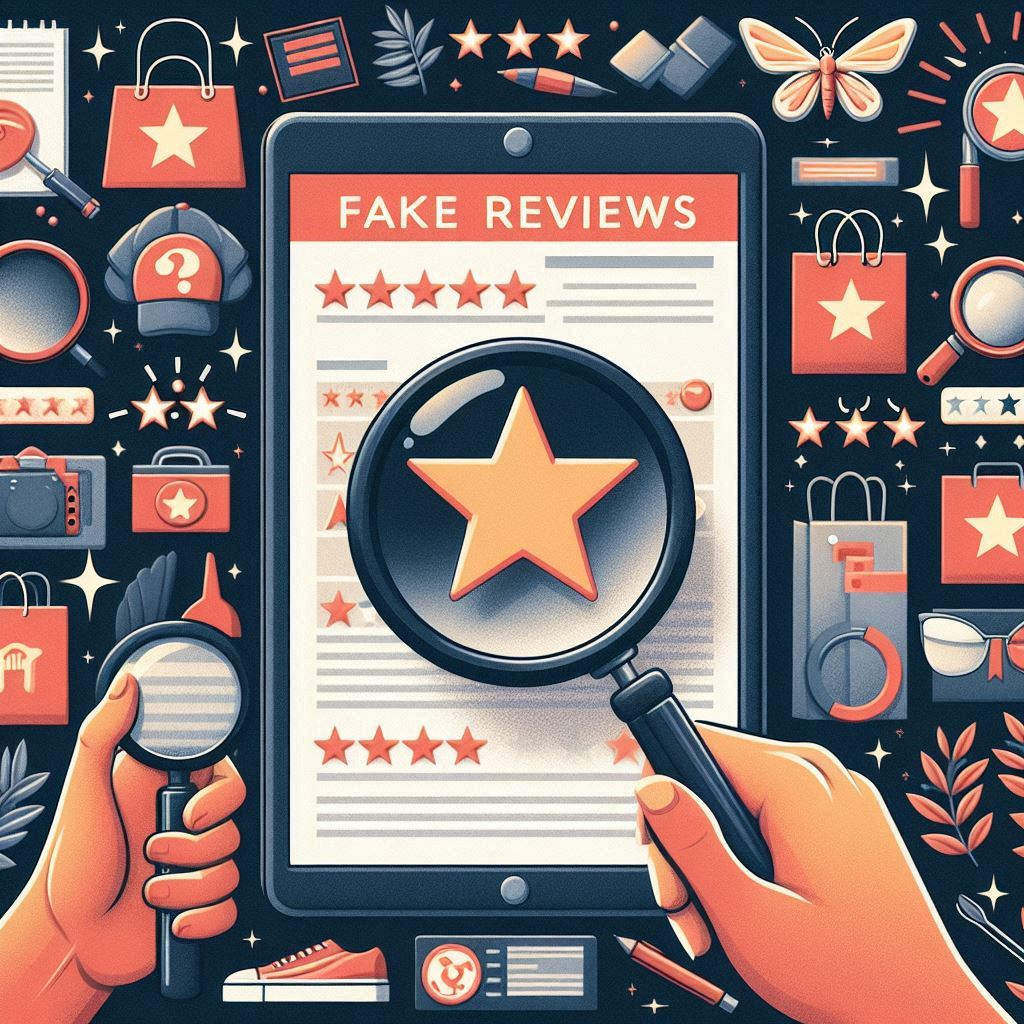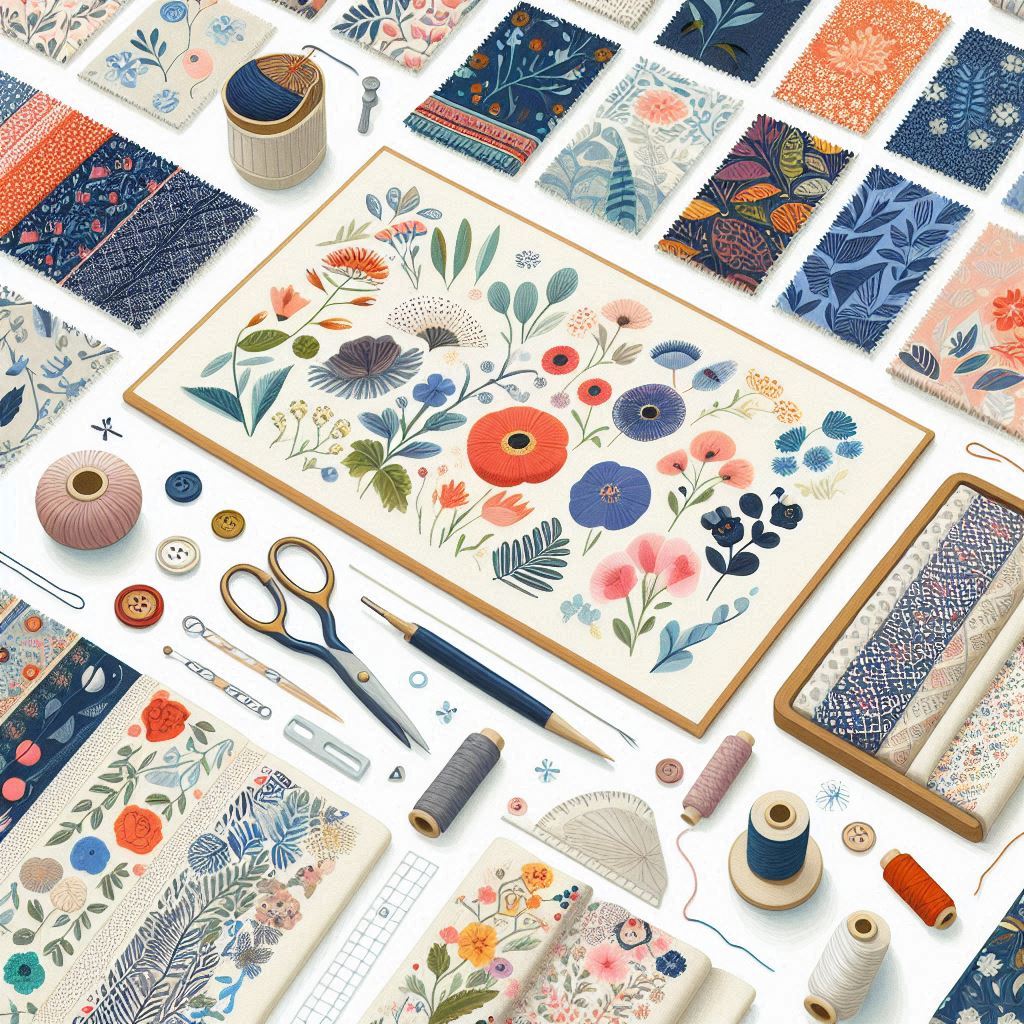Scaling Your Etsy Business: Tips for Growth and Expansion
Etsy has become a thriving marketplace for unique, handmade, vintage, and craft items, attracting millions of eager buyers searching for one-of-a-kind treasures. While launching an Etsy shop is relatively straightforward, the real challenge lies in scaling your “Etsy business” to achieve sustainable growth and move beyond those initial sales. This post will guide you through … Read more










